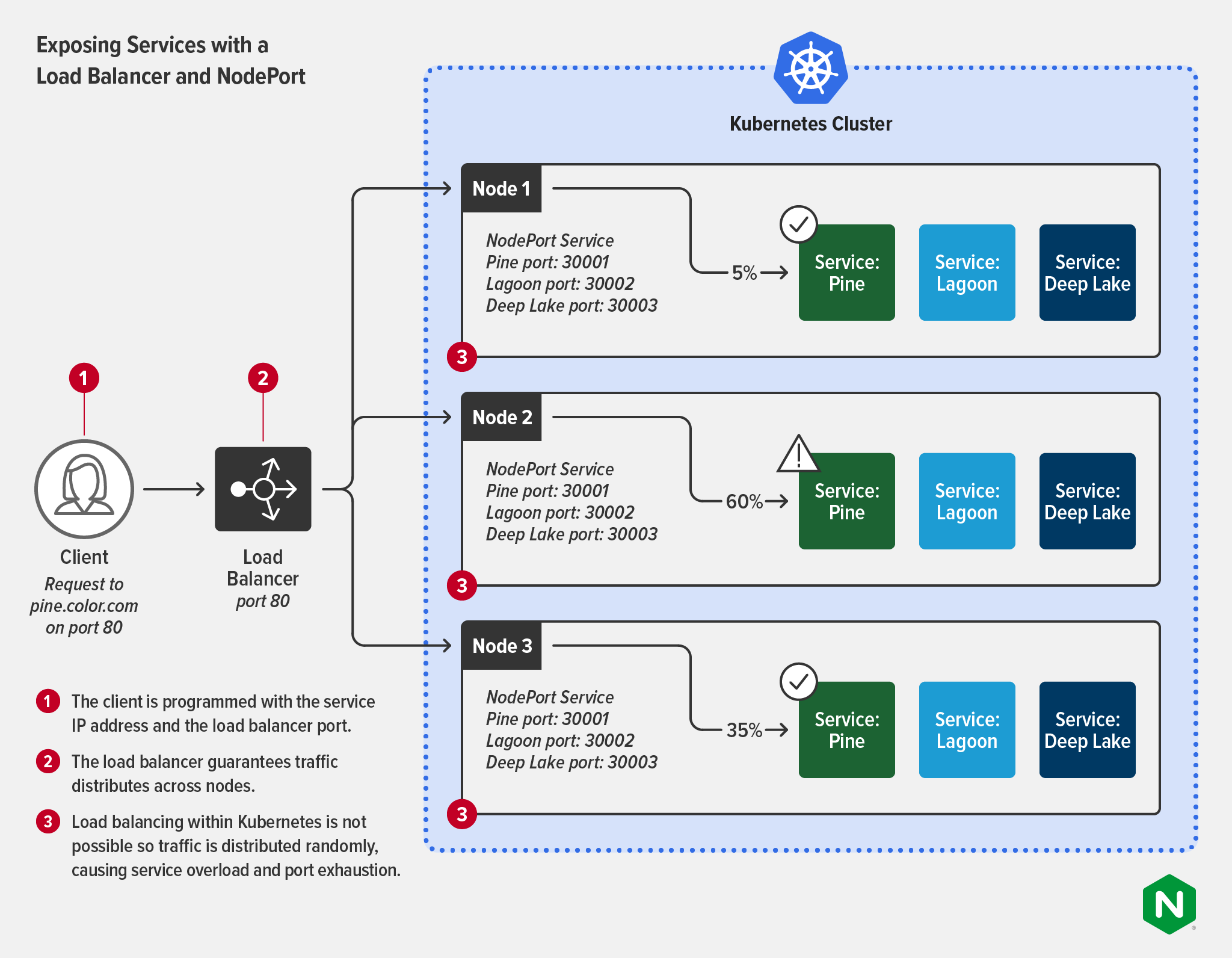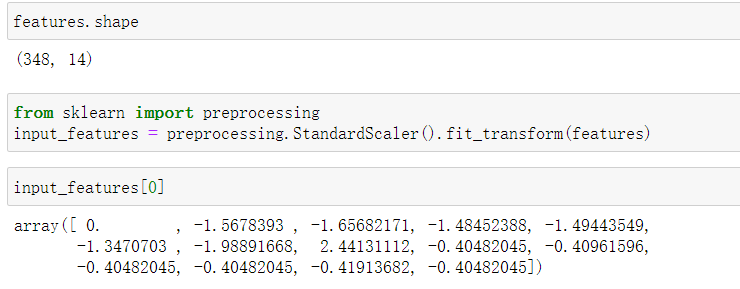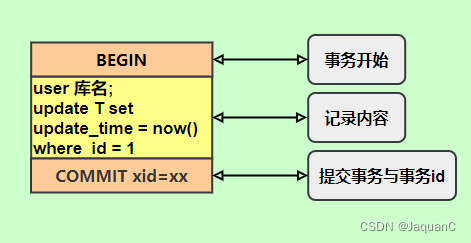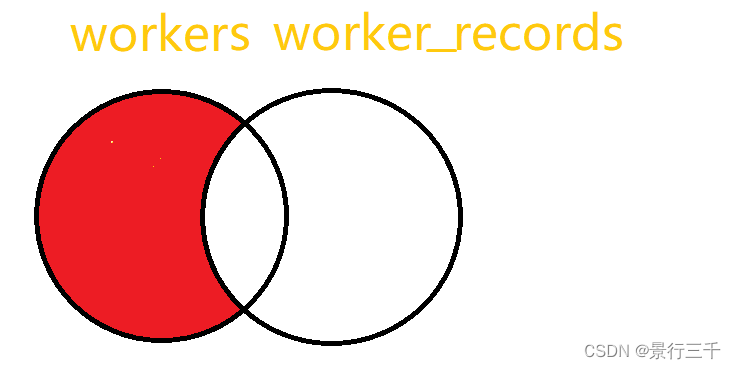当前位置:网站首页>Use of pytorch: Convolutional Neural Network Module
Use of pytorch: Convolutional Neural Network Module
2022-08-05 00:58:00 【The romance of cherry blossoms】
1.读取数据

- 分别构建训练集和测试集(验证集)
- DataLoader来迭代取数据
- 使用transforms将数据转换为tensor格式
# 定义超参数
input_size = 28 #图像的总尺寸28*28
num_classes = 10 #标签的种类数
num_epochs = 3 #训练的总循环周期
batch_size = 64 #一个撮(批次)的大小,64张图片
# 训练集
train_dataset = datasets.MNIST(root='./data',
train=True,
transform=transforms.ToTensor(),
download=True)
# 测试集
test_dataset = datasets.MNIST(root='./data',
train=False,
transform=transforms.ToTensor())
# 构建batch数据
train_loader = torch.utils.data.DataLoader(dataset=train_dataset,
batch_size=batch_size,
shuffle=True)
test_loader = torch.utils.data.DataLoader(dataset=test_dataset,
batch_size=batch_size,
shuffle=True)
1.Convolutional Neural Network Module
pytorch与tensorflow 2相比,pytorch更注重过程,pytochThe convolution module needs to specify the number of input channels and the number of output channels,The total number of parameters of the convolution kernel is 卷积核K x 卷积核K x 输入通道数 x 输出通道数,卷积模块padding也需要自己计算,如果希望卷积后大小跟原来一样,需要设置padding=(kernel_size-1)/2 if stride=1,pytochWhen calculating the feature size of the next layer,The principle of rounding down is used,另外pytorch特征维度为batch*channels*h*w,channels在第二维度.
class CNN(nn.Module):
def __init__(self):
super(CNN, self).__init__()
self.conv1 = nn.Sequential( # 输入大小 (1, 28, 28)
nn.Conv2d(
in_channels=1, # 灰度图
out_channels=16, # 要得到几多少个特征图
kernel_size=5, # 卷积核大小
stride=1, # 步长
padding=2, # 如果希望卷积后大小跟原来一样,需要设置padding=(kernel_size-1)/2 if stride=1
), # 输出的特征图为 (16, 28, 28)
nn.ReLU(), # relu层
nn.MaxPool2d(kernel_size=2), # 进行池化操作(2x2 区域), 输出结果为: (16, 14, 14)
)
self.conv2 = nn.Sequential( # 下一个套餐的输入 (16, 14, 14)
nn.Conv2d(16, 32, 5, 1, 2), # 输出 (32, 14, 14)
nn.ReLU(), # relu层
nn.Conv2d(32, 32, 5, 1, 2),
nn.ReLU(),
nn.MaxPool2d(2), # 输出 (32, 7, 7)
)
self.conv3 = nn.Sequential( # 下一个套餐的输入 (16, 14, 14)
nn.Conv2d(32, 64, 5, 1, 2), # 输出 (32, 14, 14)
nn.ReLU(), # 输出 (32, 7, 7)
)
self.out = nn.Linear(64 * 7 * 7, 10) # 全连接层得到的结果
def forward(self, x):
x = self.conv1(x)
x = self.conv2(x)
x = self.conv3(x)
x = x.view(x.size(0), -1) # flatten操作,结果为:(batch_size, 32 * 7 * 7)
output = self.out(x)
return output3.训练网络模型
Define accuracy as a validation set evaluation metric
def accuracy(predictions, labels):
pred = torch.max(predictions.data, 1)[1]
rights = pred.eq(labels.data.view_as(pred)).sum()
return rights, len(labels)
# 实例化
net = CNN()
#损失函数
criterion = nn.CrossEntropyLoss()
#优化器
optimizer = optim.Adam(net.parameters(), lr=0.001) #定义优化器,普通的随机梯度下降算法
#开始训练循环
for epoch in range(num_epochs):
#当前epoch的结果保存下来
train_rights = []
for batch_idx, (data, target) in enumerate(train_loader): #针对容器中的每一个批进行循环
net.train()
output = net(data)
loss = criterion(output, target)
optimizer.zero_grad()
loss.backward()
optimizer.step()
right = accuracy(output, target)
train_rights.append(right)
if batch_idx % 100 == 0:
net.eval()
val_rights = []
for (data, target) in test_loader:
output = net(data)
right = accuracy(output, target)
val_rights.append(right)
#准确率计算
train_r = (sum([tup[0] for tup in train_rights]), sum([tup[1] for tup in train_rights]))
val_r = (sum([tup[0] for tup in val_rights]), sum([tup[1] for tup in val_rights]))
print('当前epoch: {} [{}/{} ({:.0f}%)]\t损失: {:.6f}\t训练集准确率: {:.2f}%\t测试集正确率: {:.2f}%'.format(
epoch, batch_idx * batch_size, len(train_loader.dataset),
100. * batch_idx / len(train_loader),
loss.data,
100. * train_r[0].numpy() / train_r[1],
100. * val_r[0].numpy() / val_r[1]))当前epoch: 0 [0/60000 (0%)] 损失: 2.300918 训练集准确率: 10.94% 测试集正确率: 10.10% 当前epoch: 0 [6400/60000 (11%)] 损失: 0.204191 训练集准确率: 78.06% 测试集正确率: 93.31% 当前epoch: 0 [12800/60000 (21%)] 损失: 0.039503 训练集准确率: 86.51% 测试集正确率: 96.69% 当前epoch: 0 [19200/60000 (32%)] 损失: 0.057866 训练集准确率: 89.93% 测试集正确率: 97.54% 当前epoch: 0 [25600/60000 (43%)] 损失: 0.069566 训练集准确率: 91.68% 测试集正确率: 97.68% 当前epoch: 0 [32000/60000 (53%)] 损失: 0.228793 训练集准确率: 92.85% 测试集正确率: 98.18% 当前epoch: 0 [38400/60000 (64%)] 损失: 0.111003 训练集准确率: 93.72% 测试集正确率: 98.16% 当前epoch: 0 [44800/60000 (75%)] 损失: 0.110226 训练集准确率: 94.28% 测试集正确率: 98.44% 当前epoch: 0 [51200/60000 (85%)] 损失: 0.014538 训练集准确率: 94.78% 测试集正确率: 98.60% 当前epoch: 0 [57600/60000 (96%)] 损失: 0.051019 训练集准确率: 95.14% 测试集正确率: 98.45% 当前epoch: 1 [0/60000 (0%)] 损失: 0.036383 训练集准确率: 98.44% 测试集正确率: 98.68% 当前epoch: 1 [6400/60000 (11%)] 损失: 0.088116 训练集准确率: 98.50% 测试集正确率: 98.37% 当前epoch: 1 [12800/60000 (21%)] 损失: 0.120306 训练集准确率: 98.59% 测试集正确率: 98.97% 当前epoch: 1 [19200/60000 (32%)] 损失: 0.030676 训练集准确率: 98.63% 测试集正确率: 98.83% 当前epoch: 1 [25600/60000 (43%)] 损失: 0.068475 训练集准确率: 98.59% 测试集正确率: 98.87% 当前epoch: 1 [32000/60000 (53%)] 损失: 0.033244 训练集准确率: 98.62% 测试集正确率: 99.03% 当前epoch: 1 [38400/60000 (64%)] 损失: 0.024162 训练集准确率: 98.67% 测试集正确率: 98.81% 当前epoch: 1 [44800/60000 (75%)] 损失: 0.006713 训练集准确率: 98.69% 测试集正确率: 98.17% 当前epoch: 1 [51200/60000 (85%)] 损失: 0.009284 训练集准确率: 98.69% 测试集正确率: 98.97% 当前epoch: 1 [57600/60000 (96%)] 损失: 0.036536 训练集准确率: 98.68% 测试集正确率: 98.97% 当前epoch: 2 [0/60000 (0%)] 损失: 0.125235 训练集准确率: 98.44% 测试集正确率: 98.73% 当前epoch: 2 [6400/60000 (11%)] 损失: 0.028075 训练集准确率: 99.13% 测试集正确率: 99.17% 当前epoch: 2 [12800/60000 (21%)] 损失: 0.029663 训练集准确率: 99.26% 测试集正确率: 98.39% 当前epoch: 2 [19200/60000 (32%)] 损失: 0.073855 训练集准确率: 99.20% 测试集正确率: 98.81% 当前epoch: 2 [25600/60000 (43%)] 损失: 0.018130 训练集准确率: 99.16% 测试集正确率: 99.09% 当前epoch: 2 [32000/60000 (53%)] 损失: 0.006968 训练集准确率: 99.15% 测试集正确率: 99.11%
边栏推荐
- LiveVideoStackCon 2022 上海站明日开幕!
- 2022 The Third J Question Journey
- GCC: paths to header and library files
- 深度学习训练前快速批量修改数据集中的图片名
- Creative code confession
- 动态规划/背包问题总结/小结——01背包、完全背包
- MongoDB construction and basic operations
- 进程间通信和线程间通信
- Inter-process communication and inter-thread communication
- Software testing interview questions: Have you used some tools for software defect (Bug) management in your past software testing work? If so, please describe the process of software defect (Bug) trac
猜你喜欢
随机推荐
执掌图表
软件测试面试题:设计测试用例时应该考虑哪些方面,即不同的测试用例针对那些方面进行测试?
深度学习原理学习小结 - Self-Attention/Transformer
EL定时刷新页面中的皕杰报表实例
Memory Forensics Series 1
Theory of Software Fundamentals
测试工作这么难找吗?今年32,失业2个月,大龄测试工程师接下来该拿什么养家?
2022 Hangzhou Electric Power Multi-School Session 3 Question B Boss Rush
工具类总结
If capturable=False, state_steps should not be CUDA tensors
tiup telemetry
Software testing interview questions: the difference and connection between black box testing, white box testing, and unit testing, integration testing, system testing, and acceptance testing?
GCC:屏蔽动态库之间的依赖
【翻译】CNCF对OpenTracing项目的存档
SV class virtual method of polymorphism
MongoDB construction and basic operations
Helm Chart
Introduction to JVM class loading
Dynamic Programming/Knapsack Problem Summary/Summary - 01 Knapsack, Complete Knapsack
面试汇总:为何大厂面试官总问 Framework 的底层原理?








](/img/4d/2d81dc75433c23c5ba6b31453396f0.png)